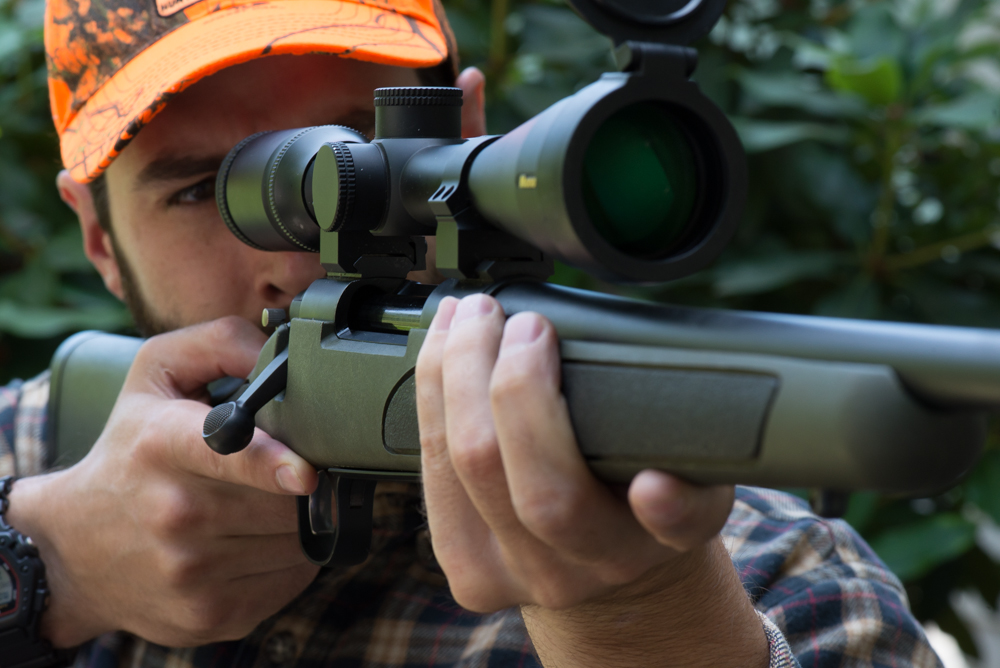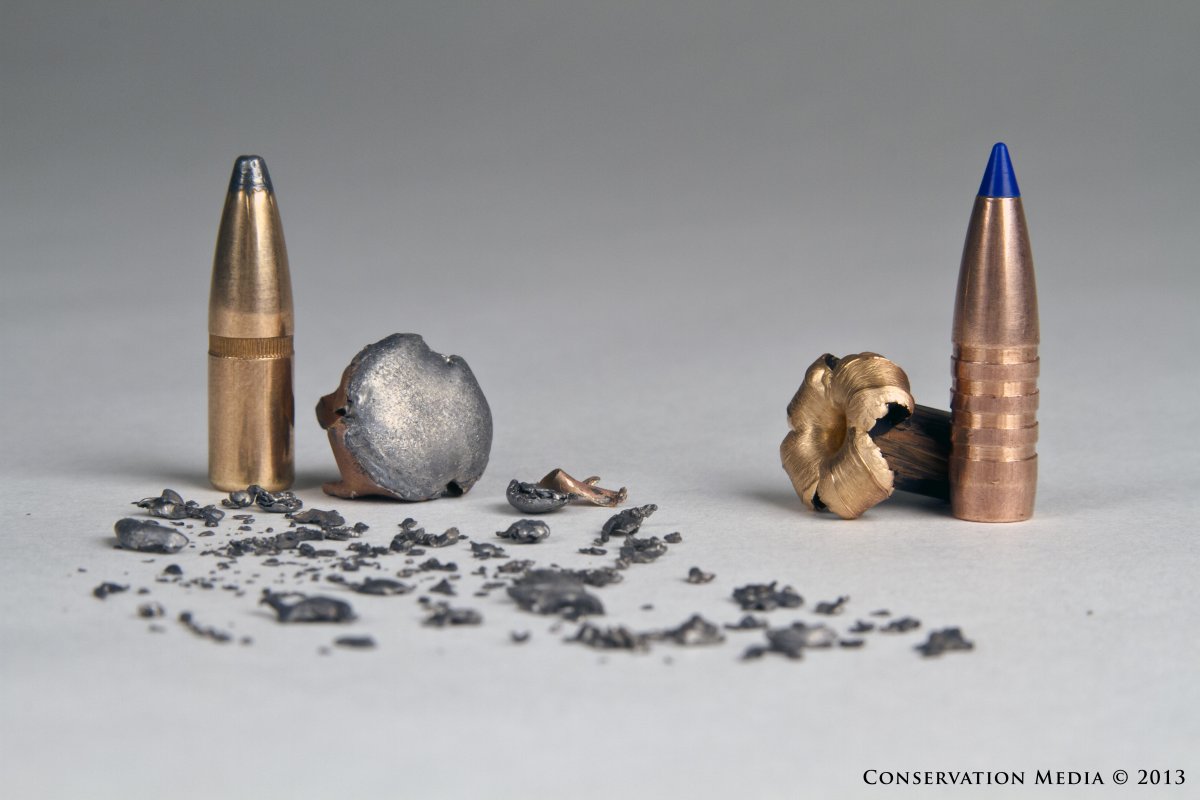Hunters in California Ditch the Lead and Keep the Conservation Heritage
Same tradition, different rules.

“Hunters have historically taken the lead on issues affecting wildlife. Now they are switching en masse to non-lead ammunition as a next step in that conservation heritage." Credit: Oregon Zoo

"A shot lead centerfire bullet and its residual fragments (left) next to a modern copper bullet (right)." Credit: Conservation Media, 2013



Comments
Von (not verified)
October 20, 2022 - 5:24pm
Permalink
Small game should not be enforced using the new non lead ammo
Add new comment